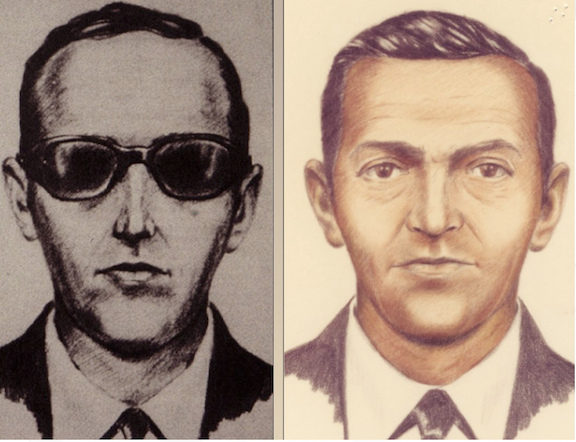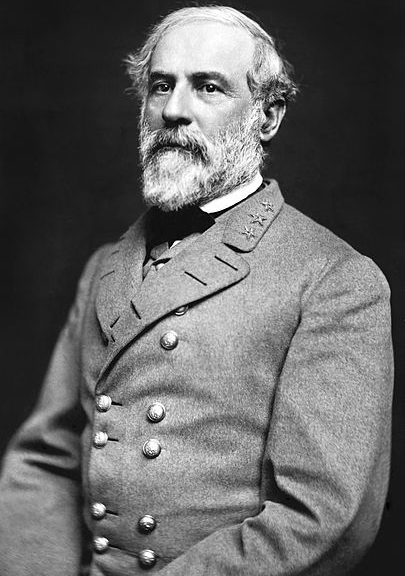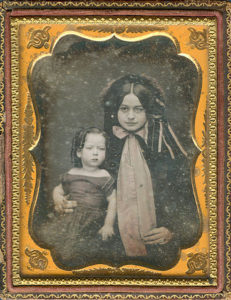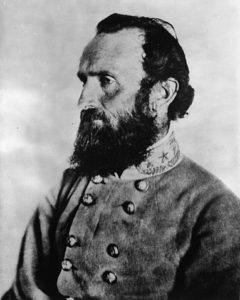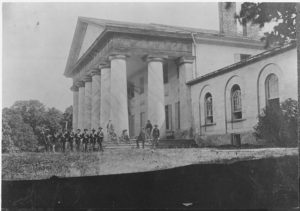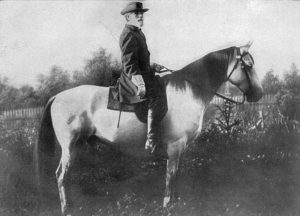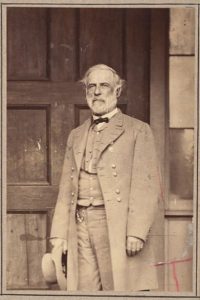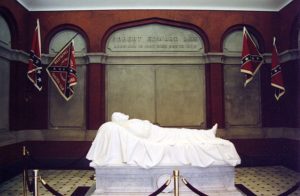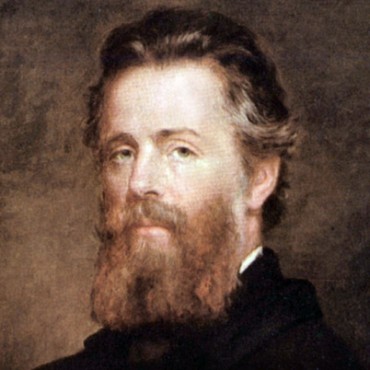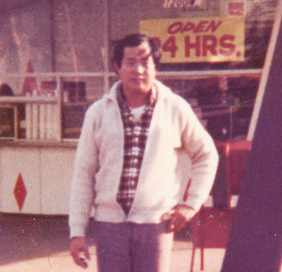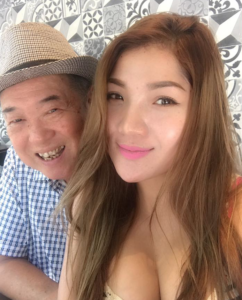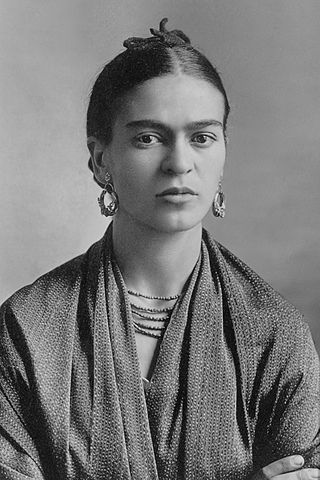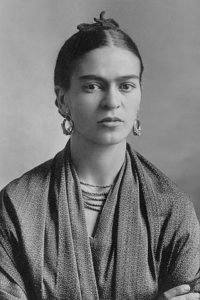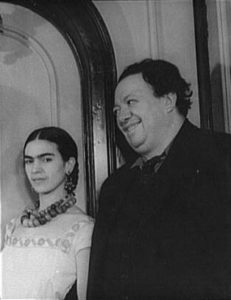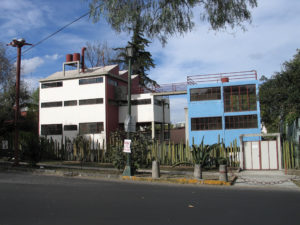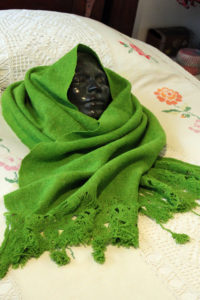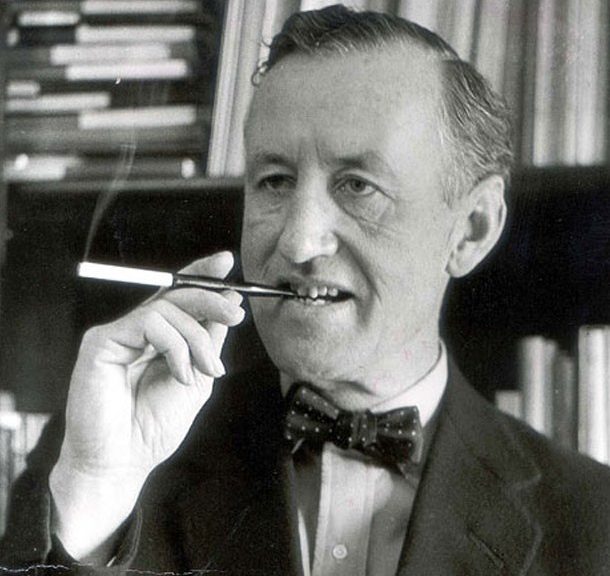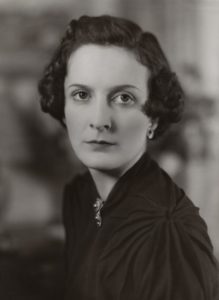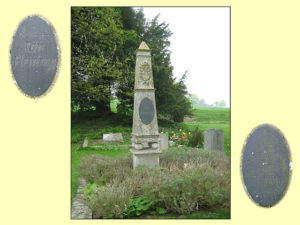DB Cooper, the man responsible for the most notorious air hijacking in US history.

On Thanksgiving morning, A Portland FBI investigator involved in the case, Ralph Himmelsbach, took it upon himself to use his own single engine plane to fly over the area where it is believed that Cooper might have bailed out. He spends much of Thanksgiving Day flying back and forth over Vector 23, the route that flight 305 took through the area, trying to spot some trace of the hijacker. A parachute, clothing, a campfire, even a body. He comes up with nothing and, because of the poor weather and visibility, a full scale search on foot will not begin until Friday, November 26. D. B. Cooper’s hijacking is the lead national network news story, beginning a public fascination with the case that will only increase over time.

In the immediate aftermath of the hijacking, the FBI, the chief law enforcement agency charged with investigating the case completely searched the airplane and meticulously interviewed witnesses, the flight crew and especially the two stewardesses who interacted with Cooper. They uncovered numerous fingerprints ultimately determined to be useless, two of the four parachutes the hijacker left behind, a clip on tie that will turn out to be from Penney’s Department store, a pearl festooned tie clasp and eight cigarette butts of the brand “Raleigh”, a cheaper alternative to more high profile tobacco brands.

Another notorious potential Cooper emerged in a 2007 New York Magazine article which identified a former deceased Northwest Orient purser named Kenneth Christansen as the hijacker. Christiansen was implicated by his brother, Lyle, who repeatedly told the FBI and various investigators of his suspicion. Along with the usual secretive deathbed confession while dying in 1994 of cancer, Chritiansen was an experienced paratrooper, a long time crew member with knowledge of a 727 and based out of Seattle. Christiansen bought a house with cash shortly after the hijacking. He died with an inexplicably large bank account, a valuable stamp collection, gold pieces and a strange, twenty year Northwest Orient scrapbook of news items that were related to the airline but ended right before the 1971 hijacking. He smoked, drank whiskey and when Florence Schaffner was shown photos of Christiansen she agreed that he was photographically the closest match to Cooper that she had subsequently seen. Unfortunately, Tina Mucklow, the flight attendant with the most contact with Cooper would eventually join a nunnery and refuse any interviews concerning the incident. Two books would be written alleging that Christiansen was the hijacker, but his age in 1971, 45, and his small stature at 5’ 8”, 150 pounds which contradicted most eyewitness accounts make him a poor possibility. The FBI ignored Christiansen from the start and Ralph Himmelsback personally ruled him out based on physical appearance alone. Strangely, though the bureau also said that Christiansen was too skilled a paratrooper to have attempted the jump, implying that anyone who knew what they were doing would never have planned such a hijack in such weather and such a remote location.

Unfortunately, the notoriety surrounding DB Cooper has also precipitated many journalistic attempts to cash in on the topic. This seems to be the case in the allegation that Robert Rackstraw, a former Vietnam veteran, helicopter pilot, ex-con and possible CIA operative is DB Cooper. Rackstraw is a former university instructor and arbitrator who seems to have gotten his life together after a checkered past in the military. In 2011, Thomas Colbert, a television journalist and law enforcement employee, began an extensively orchestrated investigation that concluded that Rackstraw is DB Cooper. Over a five year period, Colbert’s team of various former FBI agents, Marshals and prosecuting attorneys sifted through various leads that lead them to individuals who were allegedly connected to the hijack. It is Colbert’s allegation that three people colluded with Rackstraw and were waiting for him on the ground after Rackstraw jumped out of Flight 305. Colbert’s team searched an area that an anonymous source told them was where Cooper actually landed and unearthed a parachute strap and pieces of a backpack that they turned over to the FBI. In 2016, Colbert’s team also turned over information about Rackstraw and his accomplices that the bureau never investigated, instead officially closing the case on July 8, 2016, claiming that no new information had emerged and that the bureau did not have the resources to devote to a forty year plus cold case. The FBI had already investigated Rackstraw in 1979 and concluded that he was not Cooper. Colbert responded by maintaining that the FBI does not want to be embarrassed by a group of civilian investigators cracking the case and sued the FBI to release their files under the Freedom of Information Act. Among the subsequently released maerial were several letters mailed to newspapers from an individual who claimed to be the hijacker. One letter contains a numerical code that Colbert’s team claims Rackstraw would have known and utilized during his military service. The numbers were a coded reference to Rackstraw’s elite Vietnam Army intelligence unit and as late as 2018, Colbert was trumpeting this as additional proof of Rackstraw’s secret identity and conveniently using this information to fund his second History Channel documentary on the topic. Rackstraw’s alleged motive for the hijack was his anger over his discharge from the Army after falsifying his education and military exploits. A 1970 photograph of Colbert also bears a strong resemblance to the Cooper drawing. Rackstraw’s responses to Colbert’s investigation have ranged from threats to sue to elliptical statements neither confirming or denying his identity as DB Cooper. Rackstraw has even hinted that he is in talks to produce his own version of his connection to the case but currently refuses to publicly discuss any connection to the crime. Based on the FBI’s attitude, the best Colbert will ever be able to do is to convince a television audience that Rackstraw is DB Cooper and it is unlikely that this investigation will result in a prosecution. However, as long as somebody is willing to finance his investigation, Colbert seems amenable to pursuing the case.

Podcast: Play in new window | Download
Subscribe: RSS

